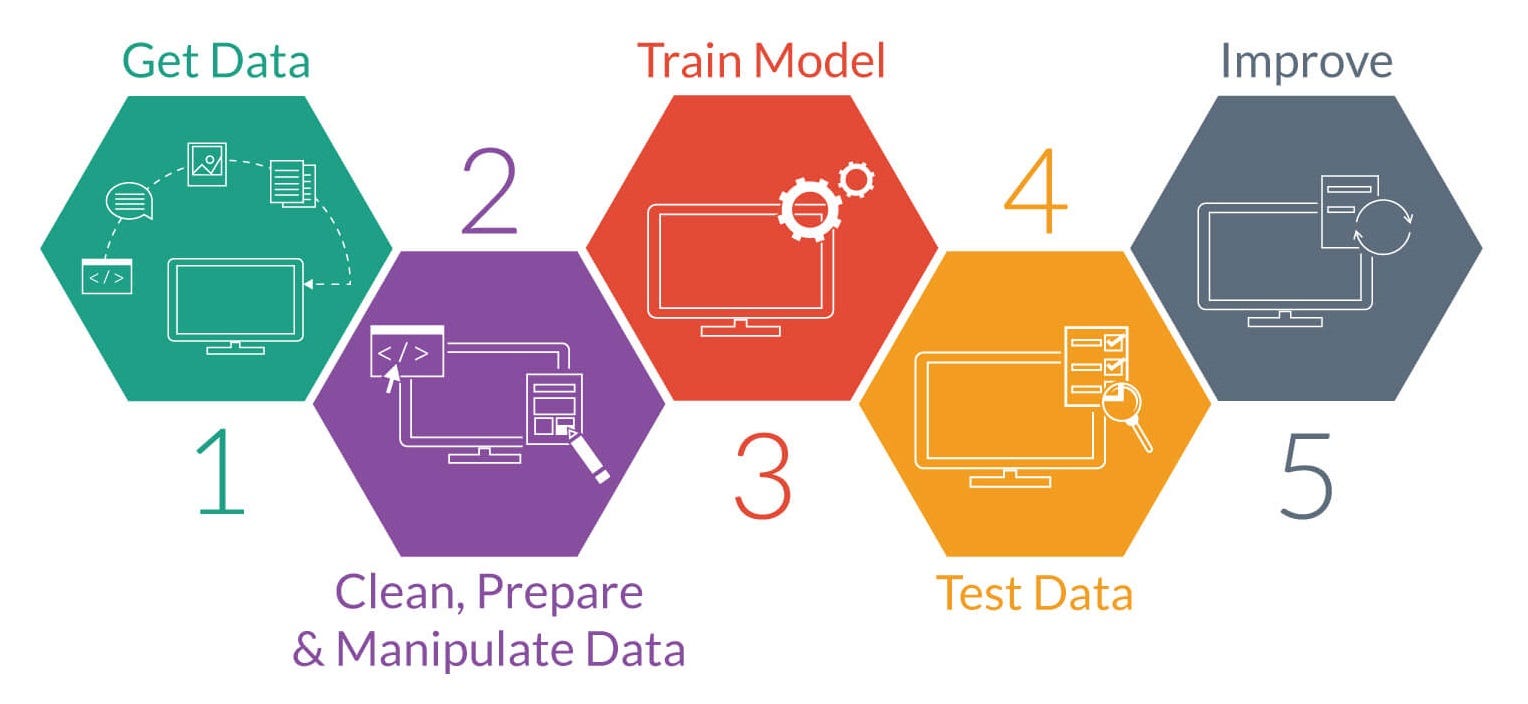The 25-Second Trick For "How Machine Learning is Improving Fraud Detection and Prevention"

Device learning is a rapidly developing field that has come to be an essential part of modern-day innovation. Coming from voice aides like Siri and Alexa to fraud detection systems in financial institutions, machine learning is utilized in a vast variety of apps. If you're intrigued in getting began with maker learning, this amateur's overview will certainly offer you along with the fundamentals.
Comprehend What Maker Learning Is
Equipment learning is a style of fabricated intellect that makes it possible for computers to know coming from information without being explicitly programmed. It entails creating algorithms that may recognize patterns in record, help make prophecies based on those patterns, and boost their accuracy over opportunity.
There are three principal styles of maker learning: closely watched learning, unsupervised learning, and reinforcement learning.
Closely watched Learning: This type of device learning involves supplying the pc along with identified data (information that has currently been sorted or classified). The formula at that point makes use of this information to learn how to classify new data.
Unsupervised Learning: In this style of device learning, the computer is offered unlabeled record and must locate designs or resemblances on its very own without any direction.
Reinforcement Learning: This type of device learning involves the pc taking actions in an atmosphere to take full advantage of its incentives while reducing its penalties. The protocol learns by trial and error until it arrives at ideal behavior.
Select Your Programming Language
Python is one of the very most well-liked programming foreign languages for maker learning due to its convenience and huge community help. Other foreign languages generally utilized for device learning feature R, Java, C++, and MATLAB.
Put up Necessary Tools
Once you've selected your programming foreign language, you'll need to put up some tools such as Jupyter Notebook or Spyder for Python consumers. These resources deliver an atmosphere where you can easily write code and examine your designs easily.
Know Data Preparation

Data preparation is a essential action in any type of maker finding out task. It entails cleaning the data (removing missing market values), completely transforming the information (transforming categorical variables into numerical ones), sizing the features (making sure all function are on the exact same range), and splitting the information into training and screening sets.
Select a Model
There are actually a lot of device knowing models to choose from, including linear regression, decision plants, nerve organs systems, and support angle equipments. The choice of design depends on the kind of trouble you're making an effort to fix and the style of record you have.
Train neural networks
After choosing your design, it's time to train it on your data. This involves nourishing the algorithm with your tagged or unlabeled record and adjusting its parameters until it effectively categorizes or predicts new data.
Examine Your Style
Once your version is qualified, you'll need to assess its performance using metrics such as reliability credit rating, preciseness score, recollect credit rating, F1-score one of others. This will aid you determine if your style is overfitting (performing well on training data but improperly on brand new information) or underfitting (conducting improperly on both instruction and brand new record).
Tune Your Version
If your style is underperforming or overfitting, you might need to tune its hyperparameters. Hyperparameters are variables that have an effect on the habits of the protocol such as learning fee or amount of concealed coatings in a nerve organs system.
Release Your Version
Lastly, when you're pleased along with your design's functionality, it's time to release it in a real-world environment. This could possibly involve combining it in to an existing application or constructing a brand new function around it.
Final thought:
Device learning can seem to be mind-boggling at very first look but adhering to these measures can assist produce it a lot more workable for amateurs. Through understanding what device learning is and picking the correct course language and devices for your venture, readying data properly selecting an ideal maker learning algorithm tuning hyperparameters when important deploying styles in real-world settings can easily be carried out effortlessly. Along with strategy and patience anyone can build capabilities in this thrilling industry!
